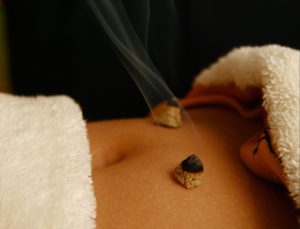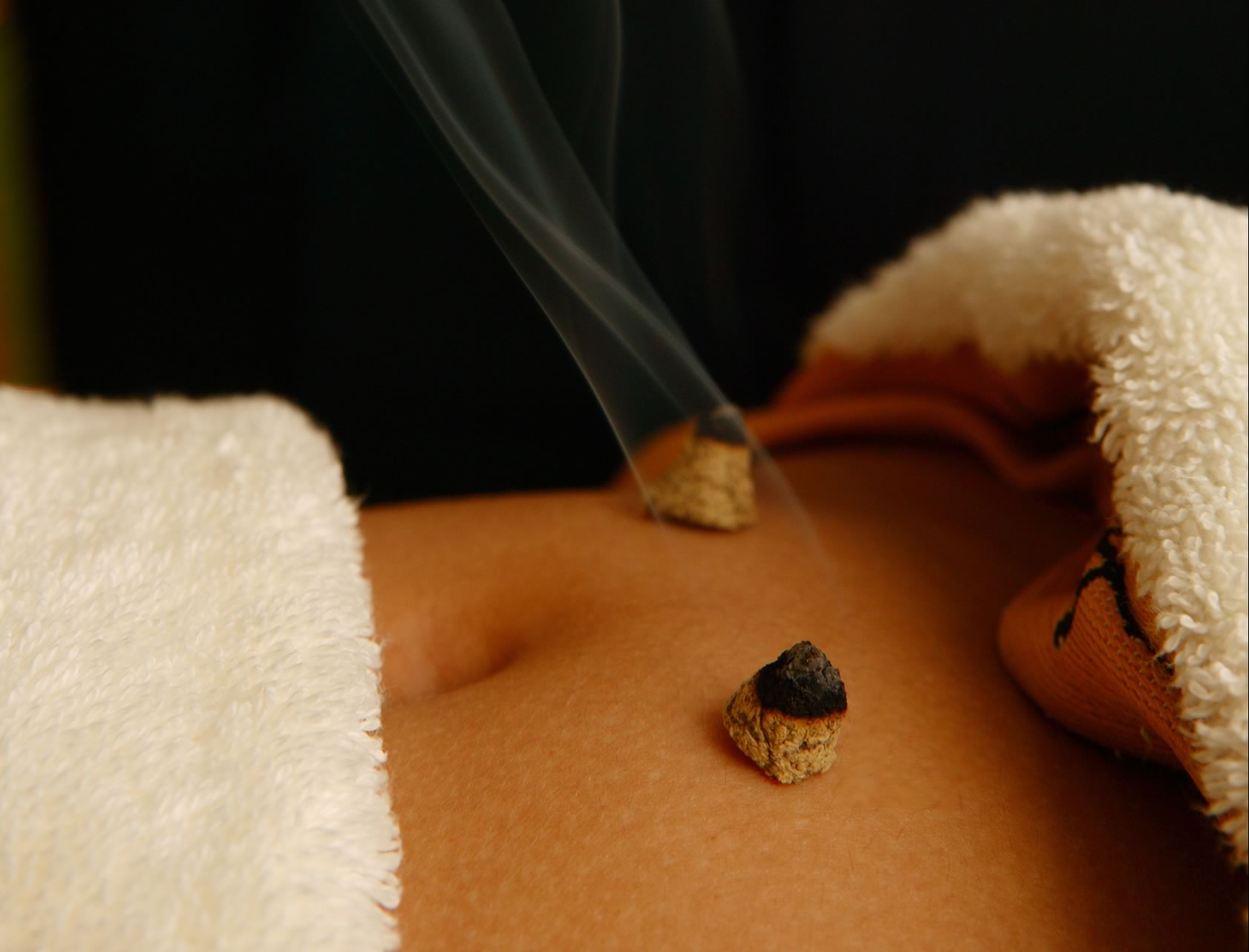Originally published Sunday, March 31, 1985
by Larry Waddell, Press Staff Writer
Half of New Jersey’s licensed, non-physician practitioners of the ancient Oriental healing art of acupuncture – the husband and wife team of Robert and Dorcas Chin Lenahan – live and work in Point Pleasant, and they expect the number to increase sharply before the end of this year.
The state’s other two licensed non-physician acupuncturists are Andrew Gamble, Manasquan, now teaching in Boston, and David Kinley, a blind physical therapist in Clark Township.
The Lenahans, who practice at their combination home and office on River Road, are members of the Acupuncture Examining Board of New Jersey, appointed by Gov. Kean in 1983 after passage of the state’s Acupuncture Certification Act. Lenahan is chairman of the nine-member board, whose members include Gamble and Kinley.
Lenahan has good reason for predicting an increase in the number of licensed acupuncturists in 1985.
On March 2, he said, written examinations were conducted for about 45 physicians and non-physicians who applied for state acupuncture licenses. Only about five are physicians.
“Early next month,” he said, “we will receive the results from the National Commission for the Certification of Acupuncturists, which is having the Professional Examining Service of New York score the tests.”
Those who receive passing grades will be eligible to sit for oral examinations on the clinical and practical aspects of acupuncture, which Lenahan said will be scheduled some time around mid-May.
The Point Pleasant acupuncturist explained that while non-physician license applicants must have a bachelor’s degree and two years’ training in an accredited acupuncture school, these requirements are waived for licensed physicians seeking acupuncture licenses.
He received his own training at the International College of Oriental Medicine in England and his wife was trained in her native Taiwan.
Acupuncture, which originated in China nearly 5,000 years ago, consists basically of inserting needles into the skin at certain points acupucturists believe relate to specific body organs and body functions.
The purpose is to either stimulate or disperse the body’s energy, which the Chinese call “chi’i.”
According to the beliefs of traditional acupuncturists, the body’s energy flows through 72 pathways or “meridians.” The spots along these meridians where needles can be inserted are known as “points” and a number in the hundreds. Often these points are far from the sites of symptoms.
Lenahan observed that under existing law in New Jersey, persons seeking acupuncture treatment must either be referred by physicians or must take the acupuncturist a written diagnosis from a physician.
“The patient makes his or her own decision as to whether to seek treatment by acupuncture,” he said, “and the law requires that the physician forward the patient’s records. Whether the physician does or does not believe in acupuncture doesn’t mean anything in the eyes of the law.
“By and large,” Lenahan continued, “acupuncture treats a lot of chronic disease or dysfunctions very well, but it cannot be used to treat such things as contagious diseases, fractures or the ingestion of poisons. Its results also can be inhibited by certain drugs – Valium, for example – and I have heard that a lot of X-ray therapy also negates responses to acupuncture.”
Lenahan believes acupuncture treatment usually has long-term effects, “depending, of course, on stresses the patient may experience farther down the line in time.”
He points to his Chinese mother-in-law as an example of acupuncture’s long lasting benefits.
“She had eight acupuncture treatments about 20 years ago for chronic arthritis,” he reported. “Almost immediately, the swelling went down and the pain disappeared. She was pain-free for years. Only now has her arthritis started to come back, and she is responding to further treatment.”
Lenahan said that as far as acupuncture is concerned, muscular and skeletal problems respond well to treatment, as do what the Chinese call the “hollow organs” – the intestines, stomach and gall bladder, for example.
Slower to respond are the “solid” organs – the liver, heart, kidneys, lungs and spleen – but even these can be treated effectively.
 As an adjunct to acupuncture therapy, Lenahan said he and his wife sometimes use what is called moxibustion. This is the application of the heat of burning moxas, an Oriental medicinal herb, close to the point where needles are to be inserted buy with an insulating barrier between the point and the moxas.
As an adjunct to acupuncture therapy, Lenahan said he and his wife sometimes use what is called moxibustion. This is the application of the heat of burning moxas, an Oriental medicinal herb, close to the point where needles are to be inserted buy with an insulating barrier between the point and the moxas.
“There is no pain,” he said. “Instead, there’s a sense of warmth that stimulates the circulation in the channel (meridian) along which the point lies.”
Between 50 million and 75 million Americans suffer from some sort of chronic pain, and their annual health-care costs total about $20 billion.
Acupuncture treatments are safe, effective and painless, with a high level of effectiveness in relieving such chronic disorders as migraine headaches, facial pain, lower back pain, “tennis elbow,” neck and shoulder pain and sciatica.
New Jersey, which is the 14th state to certify, license and register non-physicians to practice, has no accredited colleges of acupuncture within its borders. The closest such schools are located in Connecticut and Massachusetts.
